At major airports around the world, an unlikely partnership has formed between aviation authorities and birds of prey. While most travelers focus on flight schedules and security checks, few notice the silent sentinels patrolling the runways—trained falcons and hawks working to keep skies safe. These feathered guardians represent a fascinating intersection of wildlife management and aviation safety, where ancient hunting instincts meet modern air travel.
The use of raptors for bird hazard control began gaining traction in the 1960s as commercial air travel expanded dramatically. Airport operators quickly realized that traditional scare tactics—from noise makers to habitat modification—often proved ineffective against determined flocks. Birds would grow accustomed to stationary deterrents, but the sudden appearance of a predator triggers deep-rooted survival instincts that can't be ignored.
Falconry programs at airports typically employ several species selected for their hunting prowess and adaptability. Peregrine falcons, the fastest animals on Earth capable of diving at 200 mph, excel at creating an atmosphere of predation. Harris's hawks, unusual for their social hunting behavior, work well in teams. Even non-flying birds like eagles may be used as visual deterrents in some locations. The mere presence of these predators establishes what biologists call a "landscape of fear" that discourages other birds from settling in the area.
Behind the scenes, these working raptors receive care that would rival any elite athlete's regimen. Specially trained handlers monitor each bird's weight, feather condition, and overall health daily. Unlike their wild counterparts, airport falcons enjoy climate-controlled housing, veterinary care, and carefully balanced diets. Their work schedules follow strict rotation to prevent burnout, with most birds working short shifts of 2-3 hours followed by several days off. This attention to welfare ensures the birds remain in peak physical and mental condition for their vital safety role.
The relationship between handler and bird represents one of the most remarkable aspects of airport falconry. These aren't tamed pets but willing partners in a mutually beneficial arrangement. Handlers spend years building trust through positive reinforcement, never punishment. The birds work because they choose to—they can (and occasionally do) fly away permanently, though most return for the reliable food and shelter their human partners provide.
Ethical considerations surrounding the practice receive increasing attention from animal welfare groups. Modern programs emphasize that the goal isn't to kill pest birds but to create psychological deterrence. The most progressive airports now combine falconry with other humane methods like drone patrols and habitat management. Some facilities have established "bird strike committees" that include wildlife biologists, pilots, and community representatives to ensure balanced decision-making.
Research continues to refine these programs. Ornithologists study flight patterns of both raptors and potential hazard birds using radar and GPS tracking. Some airports experiment with "bioacoustics"—broadcasting specific alarm calls that trigger evacuation responses in target species. Others explore conditioning techniques where problem birds learn to associate airports with negative experiences (like harmless laser pointers) without actual physical contact.
The results speak for themselves. At London's Heathrow Airport, one of the first major hubs to adopt falconry, bird strikes decreased by approximately 75% in the program's first decade. Similar success stories emerge from airports in Dubai, Boston, and Tokyo. Each avoided collision represents potentially hundreds of lives saved—both human and avian—not to mention millions in avoided damage. A single bird ingestion can require engine replacements costing over $1 million on large aircraft.
Looking ahead, climate change and urban expansion may increase human-wildlife conflicts around airports. Migratory patterns shift, and some bird species adapt surprisingly well to human environments. Airport falconry programs will likely evolve accordingly, perhaps incorporating more technology while maintaining that essential element of natural predation. One thing remains certain: as long as planes share skies with birds, these remarkable raptors will continue playing their crucial role in keeping both safe.
For frequent flyers, next time you're taxiing for takeoff, glance toward the airfield's edges. You might spot a falconer with a hooded bird on their arm—a living reminder that aviation safety sometimes wears feathers. These working raptors embody an elegant solution where ancient natural relationships serve cutting-edge technology, proving that sometimes the best solutions aren't invented but borrowed from nature itself.

By /Jul 21, 2025

By /Jul 21, 2025

By /Jul 15, 2025

By /Jul 15, 2025

By /Jul 15, 2025
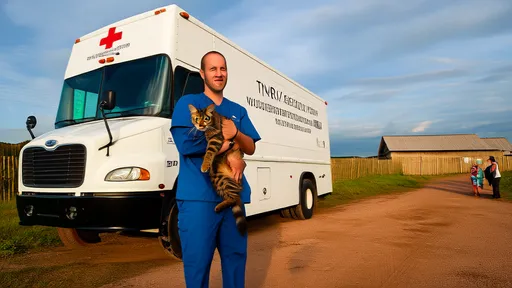
By /Jul 15, 2025

By /Jul 15, 2025

By /Jul 15, 2025

By /Jul 15, 2025

By /Jul 15, 2025
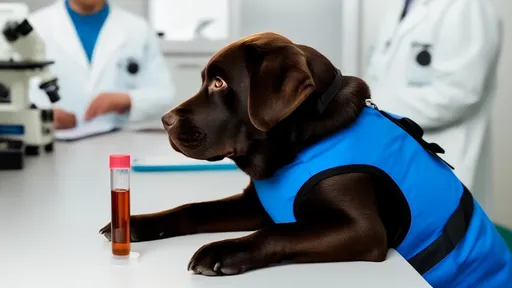
By /Jul 15, 2025
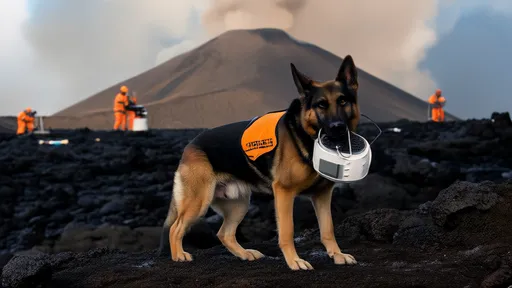
By /Jul 15, 2025

By /Jul 15, 2025

By /Jul 15, 2025

By /Jul 15, 2025
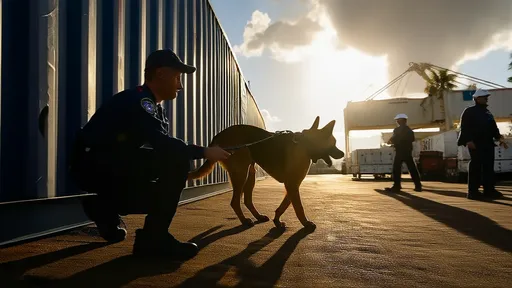
By /Jul 15, 2025
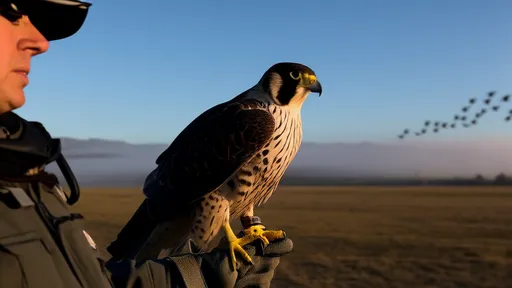
By /Jul 15, 2025

By /Jul 15, 2025